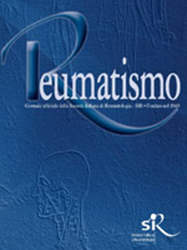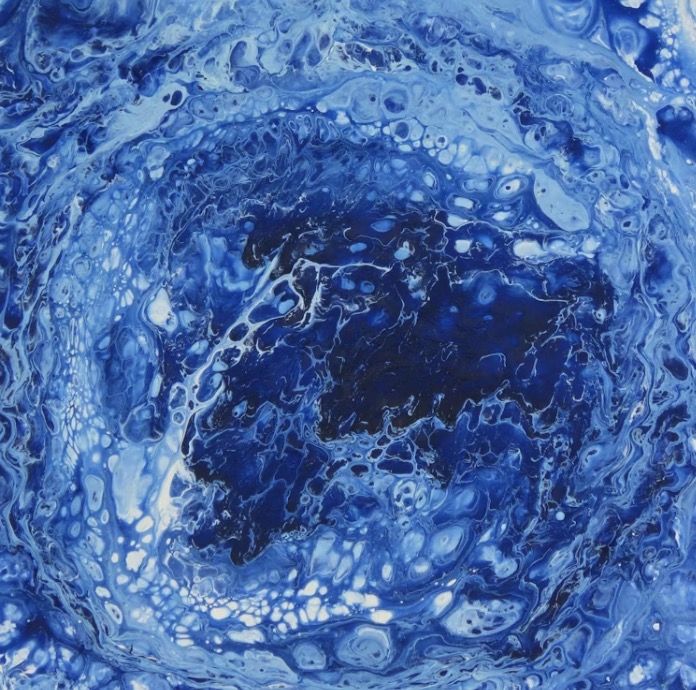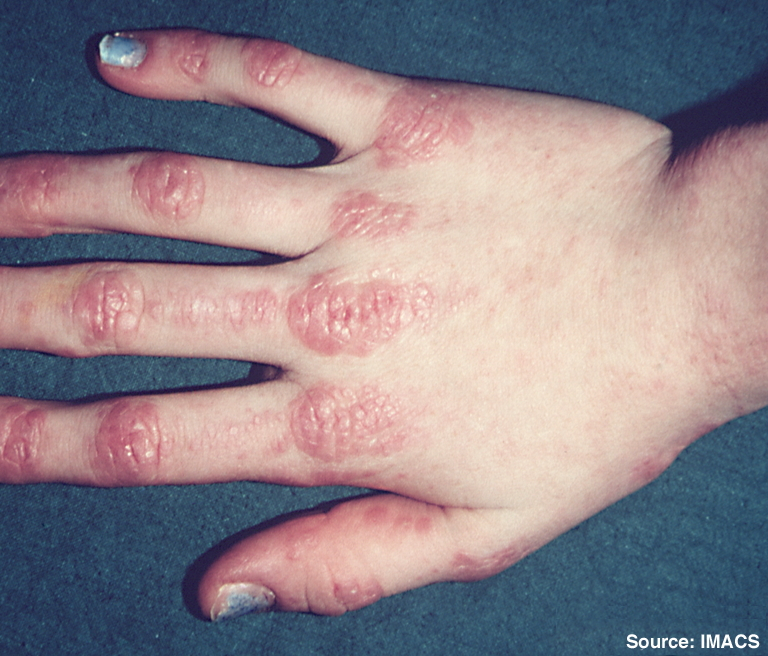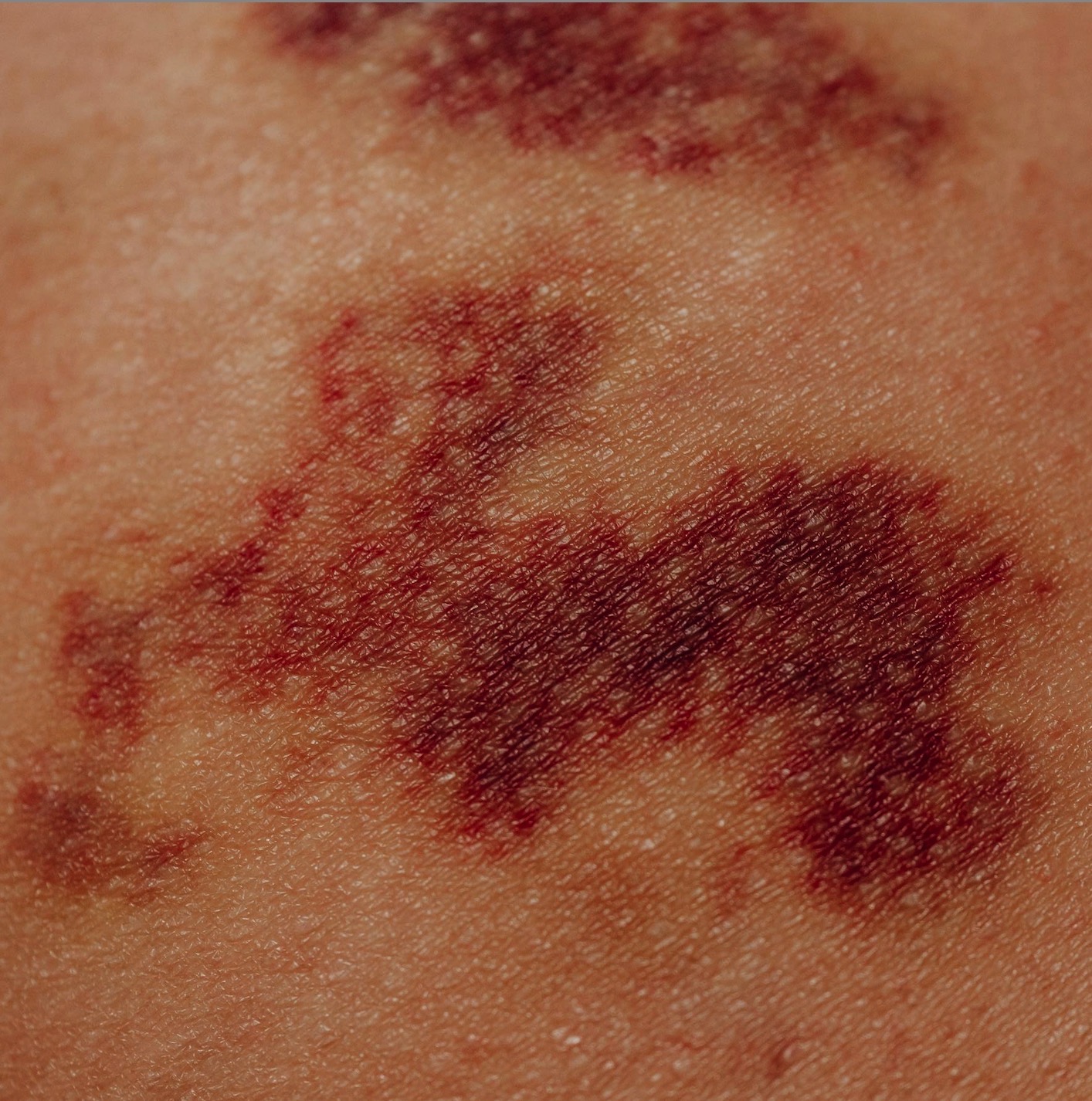Post-diagnosis serum 25-hydroxyvitamin D concentrations in women treated for breast cancer participating in a lifestyle trial in Italy
Published: March 22 2024
Abstract Views: 961
PDF: 636
Publisher's note
All claims expressed in this article are solely those of the authors and do not necessarily represent those of their affiliated organizations, or those of the publisher, the editors and the reviewers. Any product that may be evaluated in this article or claim that may be made by its manufacturer is not guaranteed or endorsed by the publisher.
All claims expressed in this article are solely those of the authors and do not necessarily represent those of their affiliated organizations, or those of the publisher, the editors and the reviewers. Any product that may be evaluated in this article or claim that may be made by its manufacturer is not guaranteed or endorsed by the publisher.
Similar Articles
- P. Caramaschi, D. Biasi, C. Caimmi, R. Vaccari, I. Dal Forno, S. Pieropan, S. Adami, Adherence to recommendations for cervical and breast cancer screening in systemic sclerosis , Reumatismo: Vol. 66 No. 4 (2014)
- M. Rossini, D. Gatti, O. Viapiana, C. Caimmi, L. Idolazzi, E. Fracassi, S. Adami, Vitamin D and rheumatic diseases , Reumatismo: Vol. 66 No. 2 (2014)
- S. Piantoni, L. Andreoli, F. Allegri, P.L. Meroni, A. Tincani, Low levels of vitamin D are common in primary antiphospholipid syndrome with thrombotic disease , Reumatismo: Vol. 64 No. 5 (2012)
- A. Perin, E. Zanatta, E. Pigatto, S. Carniello, F. Cozzi, Hypovitaminosis D in an hospitalized old population of Western Friuli , Reumatismo: Vol. 64 No. 3 (2012)
- M. Rossini, O. Viapiana, M. Vitiello, N. Malavolta, G. La Montagna, S. Maddali Bongi, O. Di Munno, R. Nuti, C.U. Manzini, C. Ferri, L. Bogliolo, A. Mathieu, F. Cantatore, A. Del Puente, M. Muratore, W. Grassi, B. Frediani, G. Saviola, P. Delvino, L. Mirone, G. Ferraccioli, G. Tripi, I. Piazza, D. Gatti, Prevalence and incidence of osteoporotic fractures in patients on long-term glucocorticoid treatment for rheumatic diseases: the Glucocorticoid Induced OsTeoporosis TOol (GIOTTO) study , Reumatismo: Vol. 69 No. 1 (2017)
- C. Sales, F. Oliviero, P. Spinella, The mediterranean diet model in inflammatory rheumatic diseases , Reumatismo: Vol. 61 No. 1 (2009)
- F.M. Perrotta, S. Scriffignano, M. Fatica, M. Specchia, E. Lubrano, Case report of polymyalgia rheumatica in a male patient with three different neoplasms treated with pembrolizumab , Reumatismo: Vol. 72 No. 3 (2020)
- C. Botsios, P. Boscolo Rizzo, M.C. Da Mosto, P. Ostuni, P. Sfriso, S. Todesco, C. Marchiori, Nasopharyngeal carcinoma and Dermatomyositis: a case report , Reumatismo: Vol. 54 No. 1 (2002)
- Ombretta Di Munno, Andrea Delle Sedie, Glucocorticoid-induced osteoporosis and rheumatic diseases. Pathogenesis, prevention and treatment , Reumatismo: Vol. 58 No. 1 (2006)
- M. Rossini, G. D'Avola, M. Muratore, N. Malavolta, F. Silveri, G. Bianchi, B. Frediani, G. Minisola, M. L. Sorgi, M. Varenna, R. Foti, G. Tartarelli, G. Orsolini, S. Adami, Regional differences of vitamin D deficiency in rheumatoid arthritis patients in Italy , Reumatismo: Vol. 65 No. 3 (2013)
1-10 of 56
Next
You may also start an advanced similarity search for this article.













